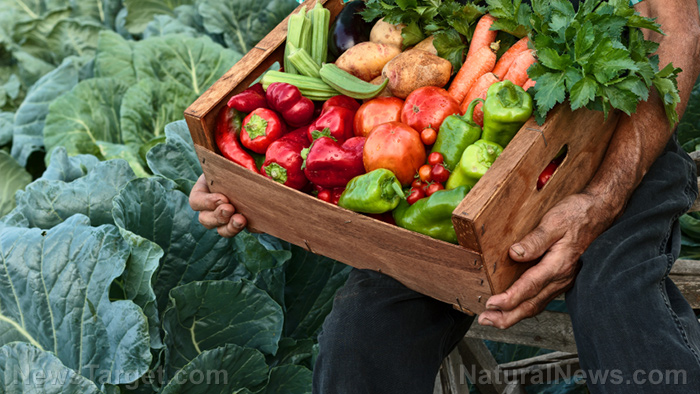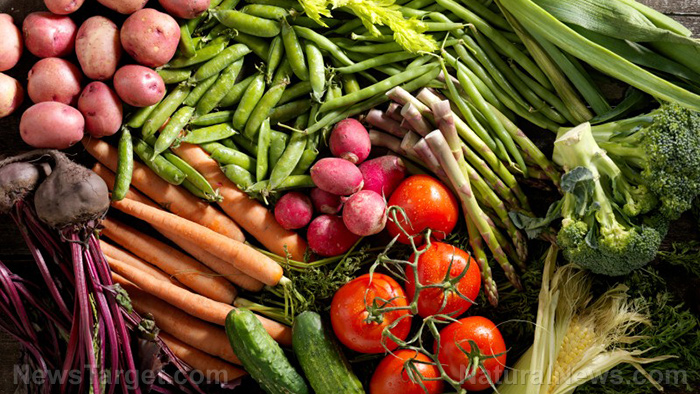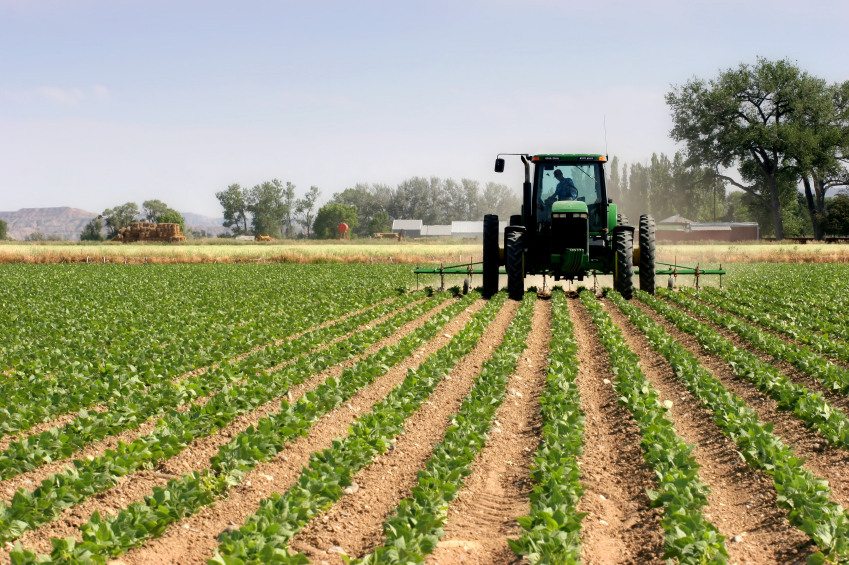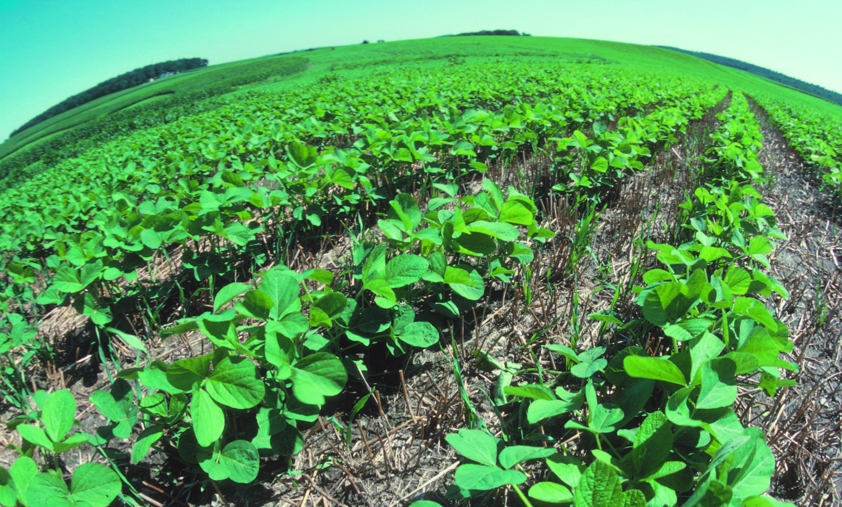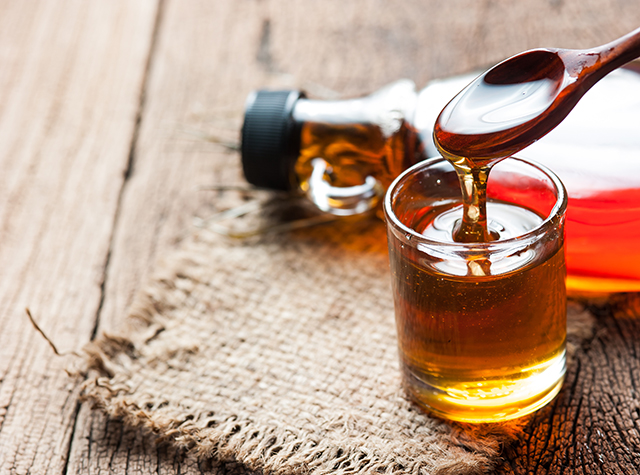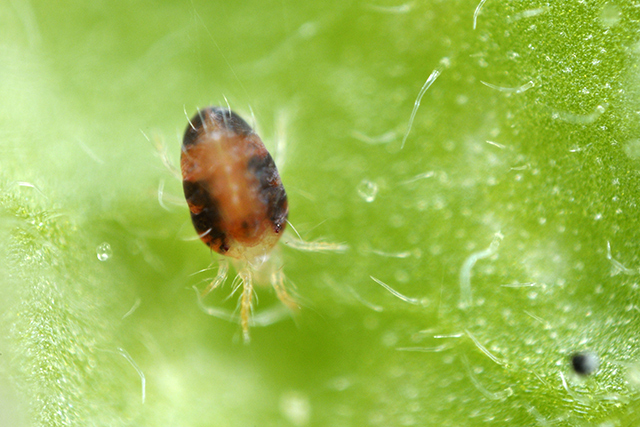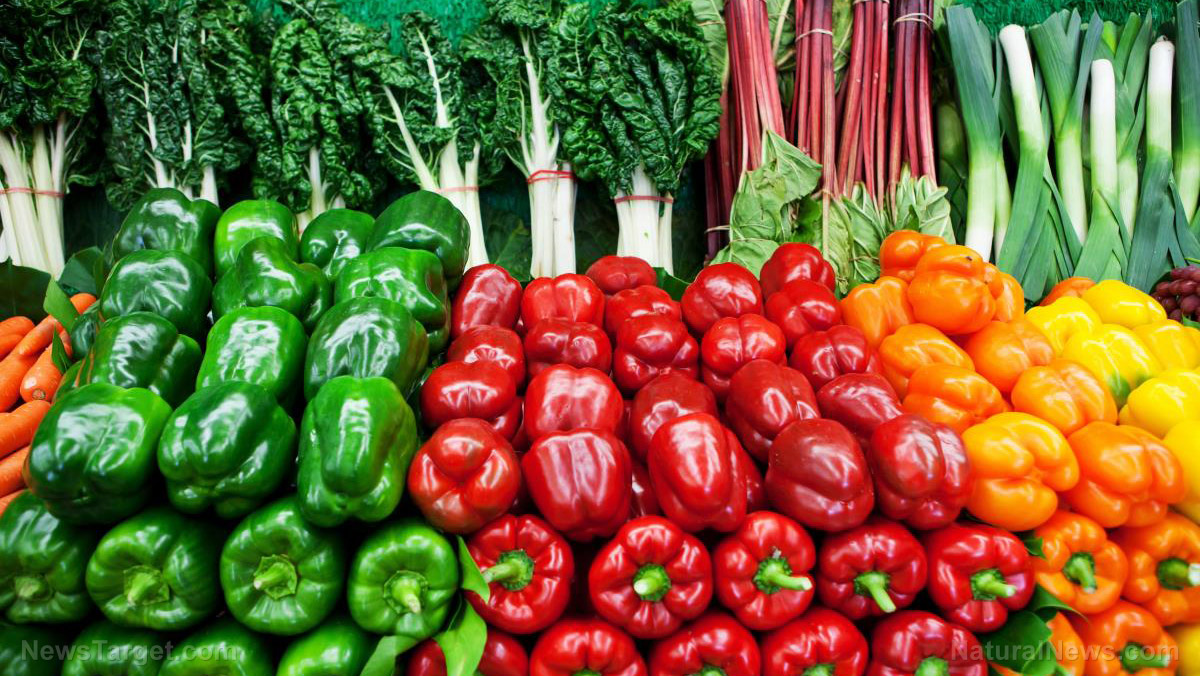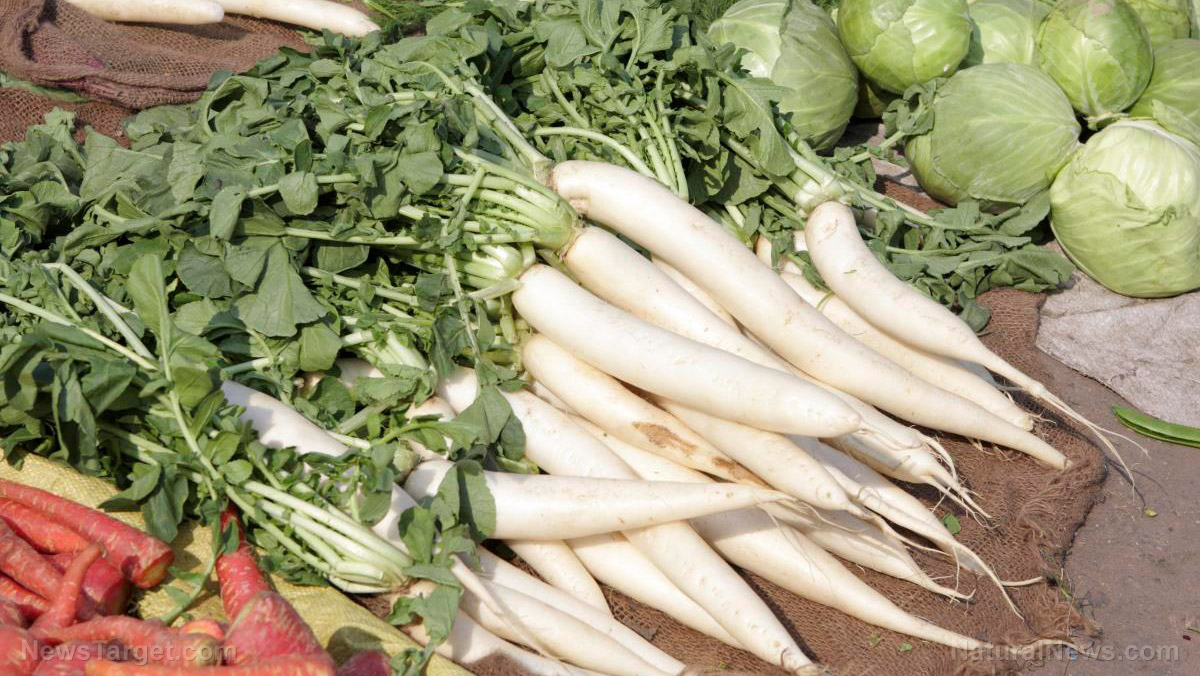Cocoa pod waste shown to produce high-quality compost
06/09/2018 / By Ralph Flores

Rot fungi can be used to produce high-quality composts from cocoa pod husks, making them an effective replacement for inorganic fertilizers, in a study published in the OnLine Journal of Biological Sciences. The study, led by researchers from the Hasanuddin University in Indonesia, identified which species of rot fungi were able to render phosphate soluble, as well as further examine the husk compost on cocoa seeds.
- Researchers noted that rot fungi are able to break down organic materials into simple compounds, which plants then use as nutrients. In this process, secondary metabolites are produced to help with phosphate absorption and make it available to plants.
- Various species of rot fungi were isolated from decaying cocoa stems and purified for the study. These were then grown on solid Pikovskaya’s media that have been mixed in with 0.5 percent tricalcium phosphate (Ca3PO4) to serve as a phosphate source.
- The team also looked at how adding compost would affect cocoa seedling growth.
- From the results, researchers identified eight species of rot fungi that were isolated: Mycena sp., Lycoperdon sp., Auricularia sp., Schizoshyllum sp., Coprinus sp., Tremetes sp., Pleurotus sp., and Tremella sp. While all species were able to produce soluble phosphate from substrates, Lycoperdon sp. and Pleurotus sp. were the most effective.
- Based on the variables used to measure the efficacy of compost that used rot fungi – which included the ratio of leaf area, plant dry weight, root canopy ratio, and net assimilation rate – these species posted results comparable to chemical fertilizers.
Researchers concluded that Lycoperdon sp. and Pleurotus sp. could be potential decomposing agents in making high-quality fertilizers from cocoa pod husks.
Find the full text of the study at this link.
Journal Reference:
Sanyang ML, Sapuan SM, Haron M. EFFECT OF COCOA POD HUSK FILLER LOADING ON TENSILE PROPERTIES OF COCOA POD HUSK/POLYLACTIC ACID GREEN BIOCOMPOSITE FILMS. OnLine Journal of Biological Sciences. 2017;18(1):69–73. DOI: 10.3844/ojbsci.2018.69.73
Tagged Under: agriculture, cocoa, cocoa pod, cocoa pod husk, compost, Composting, Organic Fertilizer, rot fungi, synthetic fertilizer

